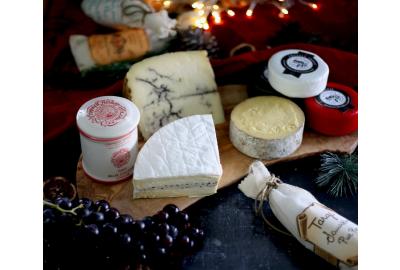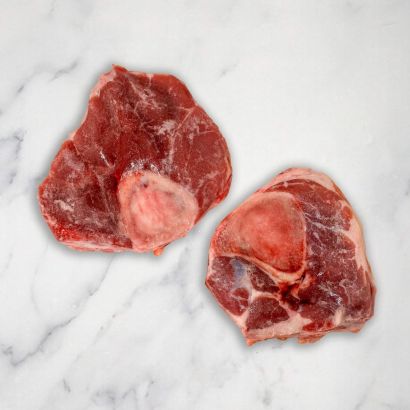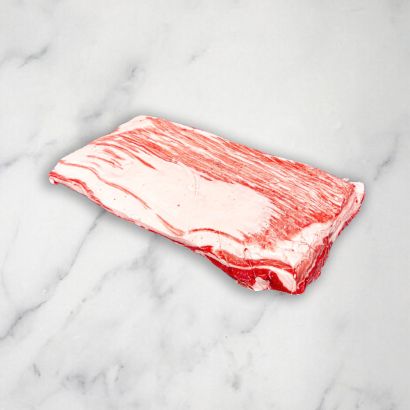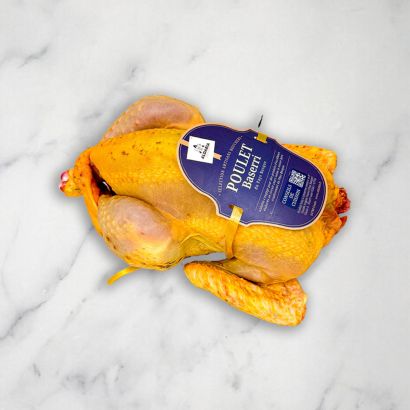Curating the perfect cheese and charcuterie board is an art and involves a bit of planning and understanding all about the different varieties. Here at Fine Food Specialist, we offer an immense selection of cheese and charcuterie to entice even the most adventurous gourmands. There’s so much to talk about our amazing range, but the best way to discover your favourites or expand your culinary horizons is to sample a great range of cheeses and cured meats. Plus, you can read our guide here to learn how to best pair them for the ultimate cheese and charcuterie platter. Here we go in depth about our fantastic collection of artisan cheeses and specialist charcuterie. Scroll through to find out more and start exploring!
Artisanal Cheeses
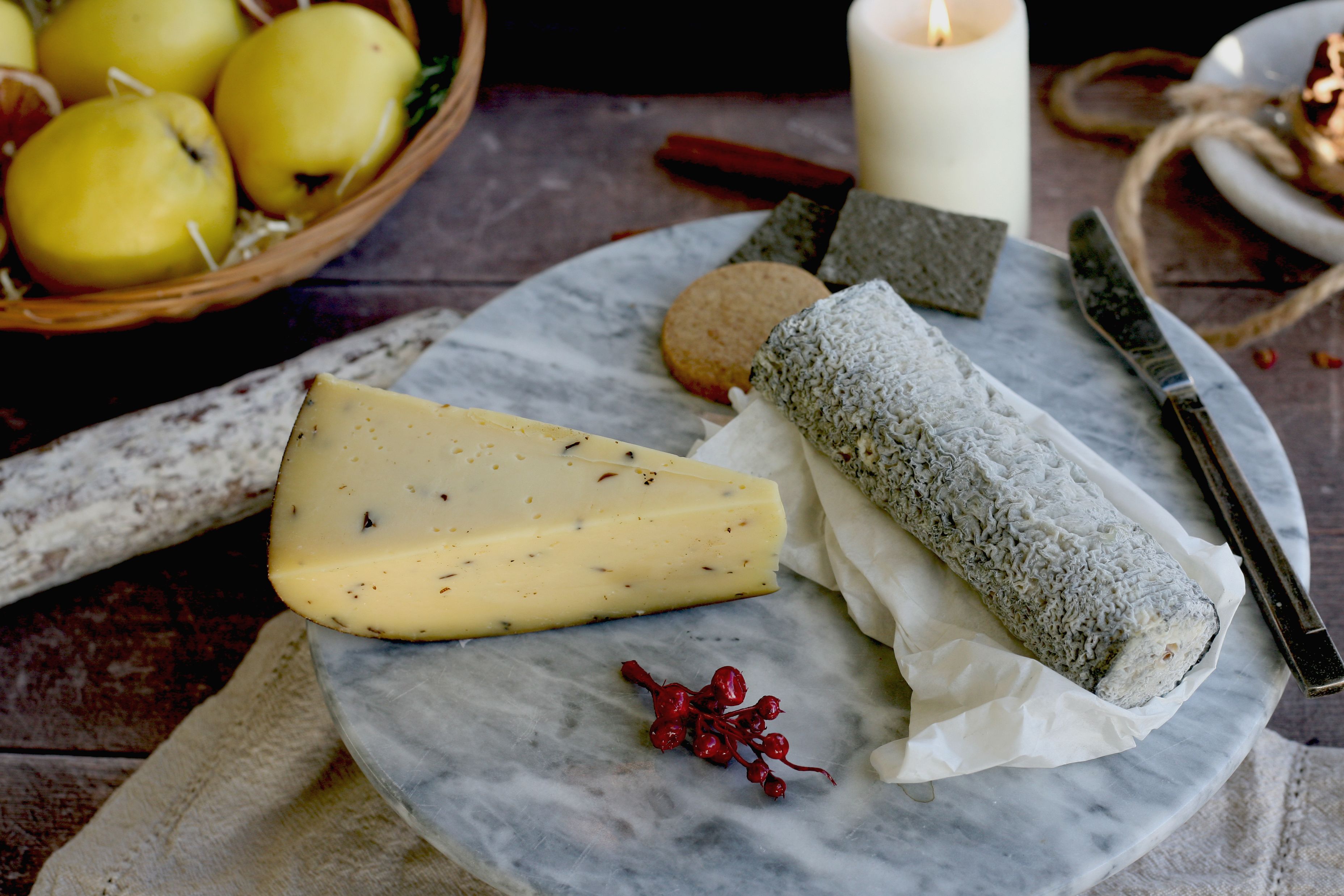
Whether you’re looking to expand your repertoire for your cheese platters or are simply keen to try some new and exciting varieties of cheese we have everything you could possibly need. There are some things to consider when buying cheeses such as tasting notes and best uses, as well at the type of milk. For a cheeseboard it’s nice to have a variety of milk-bases as they all bring something different to the table. Cow milk cheeses tend to be the mildest, with a creamy texture and subtle flavour base that can benefit from the aging process. Sheep milk cheeses are a bit grassy and tangy and are less buttery and sweet than cow’s milk cheeses, while goat’s cheeses are gamey and rich. Most cheeses are aged for a period of time in a temperature-controlled environment to enhance and develop into wonderful cheeses. As the moisture content lowers, the flavour of the cheese generally becomes more intense while the bacteria working inside to digest the proteins can change the texture.
Fresh
Fresh cheeses are typically bright white in colour inside and out and offer a mild flavour that can sometimes be slightly acidic. The texture can vary and since these cheeses are un-aged, un-ripened, and rindless, they have a high moisture content. Some excellent fresh cheeses we sell are buffalo mozzarella, burrata, and ricotta.
Soft
Soft cheeses are ripened for up to 30 days, but still have a fairly high moisture content, as well as a high fat content. These are best served at room temperature and offer a rich, velvety interior that can taste buttery and sweet. As these are aged for around a month, they have a transparent or bloomy edible rind that can be described as fluffy and soft such as brie and camembert. Chaource and chevre are some other great examples of delicious soft cheese too.
Semi-soft
As we head into slightly more aged cheeses, they become a bit denser, earthier, and a little bit more pungent. Semi-soft cheeses such as taleggio and fontina come to mind, as do crottin de chavignol and raclette. Pressed into molds to create an almost rubbery outer texture and a delicately soft interior with rinds that can fall into two categories – thin, barely formed, or coarse and leathery. The rinds add another textural element, and the former can be buttery and mildly sweet while the latter can be pungent and earthy such as with the epoisse de Bourgogne and perlagrigia.
Semi-hard
Semi-firm cheeses have more time to develop complex notes that can vary from fruity to nutty or even floral and are slightly more pronounced in aroma too. The texture makes them better for slicing and shredding, and these tend to be best for melting too. Popular cheeses in this category include cheddar and gruyere. While lesser-known varieties such as tete de moine and beaufort also share similar characteristics – but boast varied flavour profiles.
Hard
Hard cheeses are aged for the longest time, and tend to have the least amount of moisture content which produces an almost grainy, crumbling texture. The dryness means these are best for grating or thinly slicing and the flavours are deeply savoury – a little goes a long way with these types of cheeses. The dynamic flavours of parmigiano reggiano and pecorino romano come to mind as does manchego and appenzeller.
Blue
Blue cheeses offer the best of both worlds, as they bridge the gap between creamy softness and the crumbling textures of harder cheeses. They tend to boast the most complex flavour profiles – think rich stiltons and gorgonzolas. The process for these is similar to others but there is an additional step undertaken to boost the development of mould growth (usually via the addition of cheese curds or cultures) and needling is used to create the vein effect that runs throughout the cheese. Cheeses such as fourme d’ambert and bleu de basque are left to age in cave for a few months to a few years.
Specialist Charcuterie
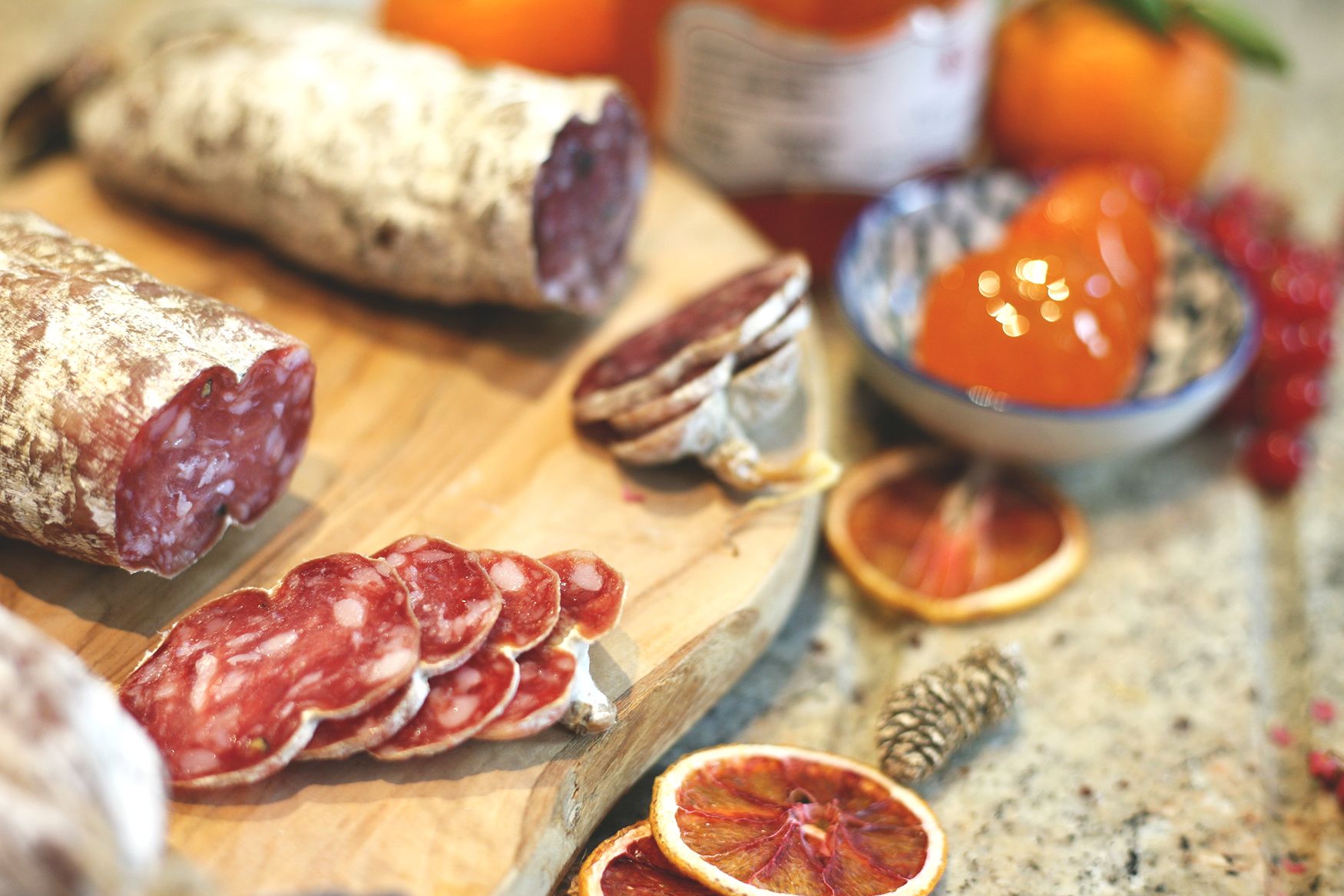
The word charcuterie comes from the French ‘chair’ meaning flesh and ‘cuit’ meaning cooked. Cured meats are great for starts or for presenting as a sharing centrepiece at a casual gathering. Like any good cheeseboard, you need to think about flavours and textures as well as pairing options that will best suit the occasion. A general rule for a charcuterie board is to offer something pre-sliced such as thinner cured meats, something to slice – some cured hard meats and cheese, plus something spreadable such as jams and pates, then accents such as crudité or fruits to add contrast to the rich meats. For the ultimate experience you could also spring for our gourmet charcuterie hamper which offers an excellent chance to sample a great variety of cured meats.
Saucissons
Saucissons are thick, dry cured French sausages that are typically made with pork and flavoured with herbs and spices. Similar to salami, these are eaten cold in sliced. Saucission can also be packed with nuts and chillies such as this hazelnut one or just this green pepper version. We also offer a trio set so you can try a variety, perfect for Christmastime or for gifting to a charcuterie lover.
Salami
Salami is another type of cured sausage that encompasses a whole variety of delicious delicacies such as soppresata, pancetta, napoletano, and many more. The sausages are prepared and fermented before being air dried – the process is comparable to aging cheese – and once cured, the salami has a long shelf life (as long it is kept in dark and cool conditions). Salami is typically made with pork and fat, although there are some that use beef too. It has been a popular foodstuff in Europe for a long time, as it keeps so well. We sell a great variety of these cured meats such as cacciatore or hunter-style Italian salamis that are packed with fragrant herbs and spices.
Cured Hams
We have a wide range of cured hams from 24 month San Daniele whole cured ones to premium Iberico bellota jamons. Ham can be preserved through salting, smoking, or wet curing – each method imparting different flavours and textures. Traditionally cured ham joints come from the hind leg of the pig. There are regional varieties and specialities around the world such as Spanish jamon serrano or parma ham.
Explore our site now...
Take a look at Drogo’s Kitchen for more inspiration and cooking advice. If you try out any of our ingredients or recipes please do tag us on social media! We love to see what you create.
Instagram | Facebook | Twitter | Pinterest | YouTube

